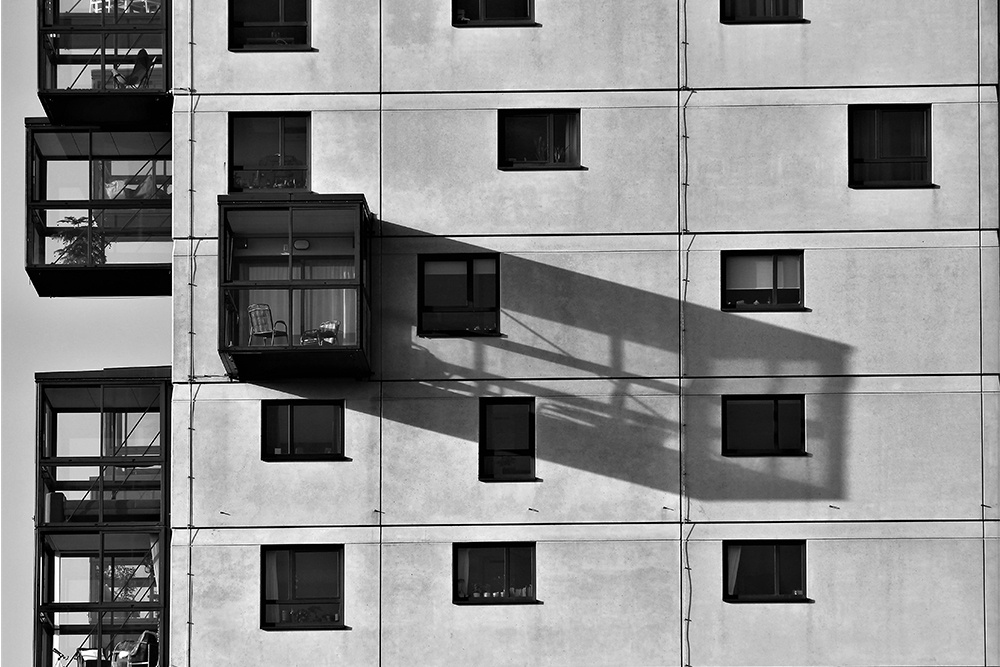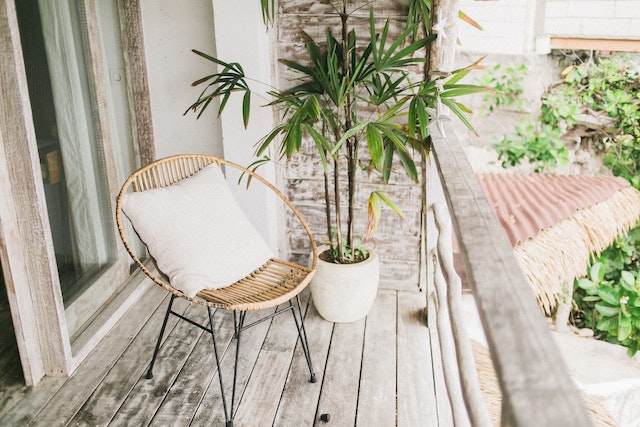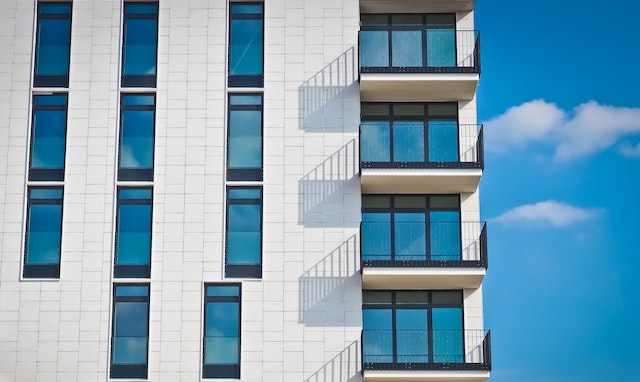What to Expect from a Balcony Inspection

When considering selling a home, you must be ready for a complete home inspection. And while most home inspection details are readily available, many people forget about their balconies. Knowing what to expect from a balcony inspection can help you avoid serious issues when this happens. On the flip side, when considering buying a home, you should ensure that everything in the house is safe. This, of course, includes the balcony, and you should know what the inspector will look for. Avoiding problems with the balcony inspections mainly means removing the issues on time, which is essential in any case if you care about your home's safety.
Loose or improper connections
Even the slightest issue with the connections in a balcony can compromise its safety. For example, toenailing (joining two wood pieces with angled nails) is unsafe. Connectors have to be installed with proper fastenings, or the balcony isn’t considered up to code. Additionally, vital connections degrade over time, leading to wobbly railings. Nails, in general, are considered a problem, as they can pull out easily. Bolts, on the other hand, are considered to be the safest option. So, the first thing to expect from a balcony inspection is that these connections will be looked into. If you want to avoid problems, take the time to look at every connector and ensure it's safely secured. Make sure everything is up to snuff before calling home inspection services. Of course, if you do find problems, make sure they’re fixed on time, preferably before even making the call.

Even the most negligible damage to a balcony's connections is a big problem.
Corrosion
The next thing a balcony inspection will look for is corrosion. Metal fasteners and connectors corrode over time, much more noticeable in older homes and certain modern ones. This is because the materials used in older construction didn't have sufficient corrosion resistance. That said, some materials shouldn't be used in outdoor construction in the modern day too. For example, steel is much more susceptible to the elements than other metals.
Additionally, if you're near a large body of water, your balcony will be much more susceptible to corrosion in general. To prevent decay, check for it periodically and perform regular maintenance. And if you're considering buying a home with a balcony, you'll want to ensure it's safe. Make sure you know what to look for, make a list and stick to it when looking through the home yourself.
Rot
If the home has a wooden balcony, the next thing a balcony inspection will look for are signs of rot. Like metal and corrosion, wood degrades over time when exposed to the elements and needs to be regularly maintained. Waterproofing is vital in areas close to large bodies of water, as this speeds up the process. Make sure to periodically check your balcony for any signs of rot and structural damage and perform regular maintenance to slow the process down. Remember, most balcony failures (when it comes to wooden balconies) can be attributed to dry rot. Knowing how to create a maintenance schedule for your home helps quite a lot with this. And, of course, if you find any signs of rot or structural damage, ensure it's repaired as soon as possible. If not for the inspection, then for your overall safety.

Wooden balconies need to be regularly inspected for signs of rot.
Cracks
Cracks in wooden balconies are a cause for concern, even more so in the case of concrete ones. Both wood and concrete tend to crack with age, and, of course, these cracks weaken their structural integrity. Wooden balconies need to be sealed from underneath to be protected from the elements. However, they also need to have cross ventilation openings protected from rain and snow. This is important as improper ventilation can lead to cracks forming much more quickly, and the openings being exposed to rain and snow can cause rot. These faults can be easy to overlook, so make sure you're thorough when inspecting the balcony yourself. Additionally, experts from Van Express Movers note that you should make sure you pay attention to these small details before committing to a home you’re considering. Missing them could have serious consequences down the line, so be careful.
Railings
Finally, railings are one of the most critical parts of a balcony inspection. They can come in different materials and be connected in various ways. However, they must be up to local building codes to pass an inspection. Railings are always required for safety purposes, and there are codes for the maximum opening between balusters, pickets, or spindles. Generally, a 4-inch diameter ball can’t be allowed to fall through the gap, and if it can, then the balcony isn't up to code. These rules and regulations can vary from place to place, so research your local building codes to be sure. However, the balcony isn't the only important thing to inspect when looking into a new home, and you should consider the reasons to get a plumbing inspection before buying a new home.

Railings are one of the most critical parts of a balcony and demand proper checks.
What to expect from a balcony inspection – wrap up
Preparing for a balcony inspection mainly comes down to knowing what the inspector will look for. Spotting the problems on time and ensuring they're fixed is also quite important, not just when a balcony inspection is upcoming. For your safety, you should know what problems to look for when it comes to balconies. This way, you can make sure to repair them before they can become serious problems. Remember, structurally unsound balconies are pretty dangerous and can cause damage to the rest of the home.
We hope this guide to what to expect from a balcony inspection helps you prepare properly, and we wish you a great rest of your day.